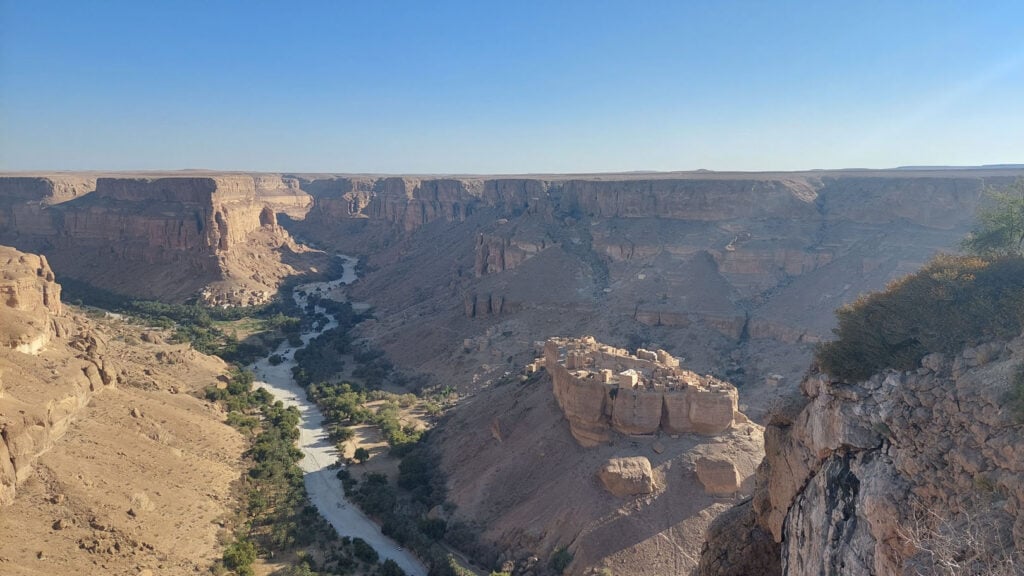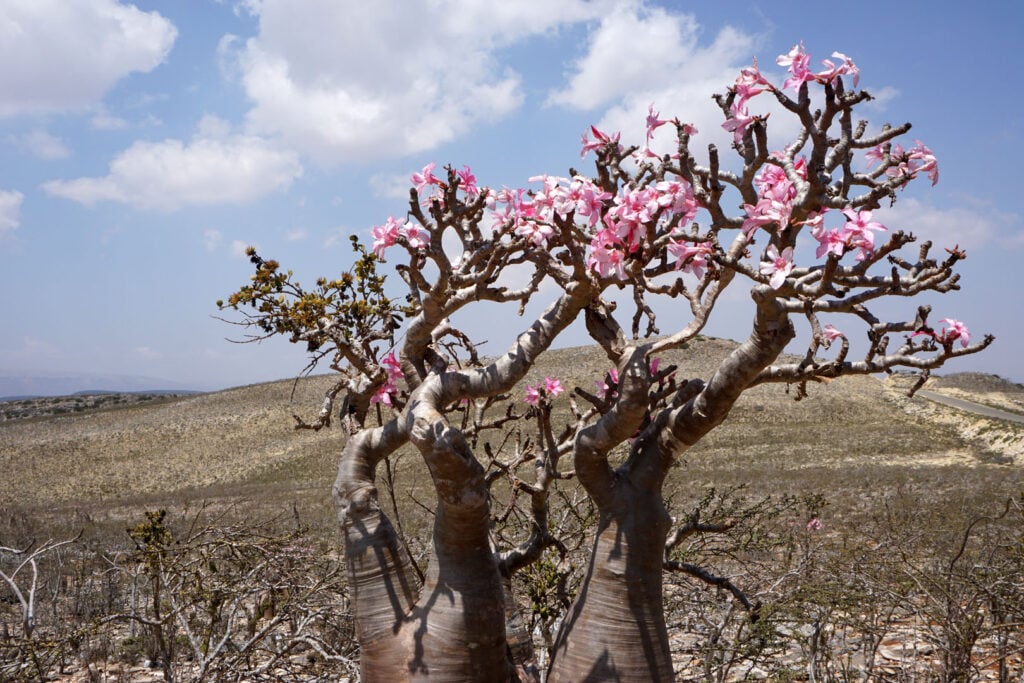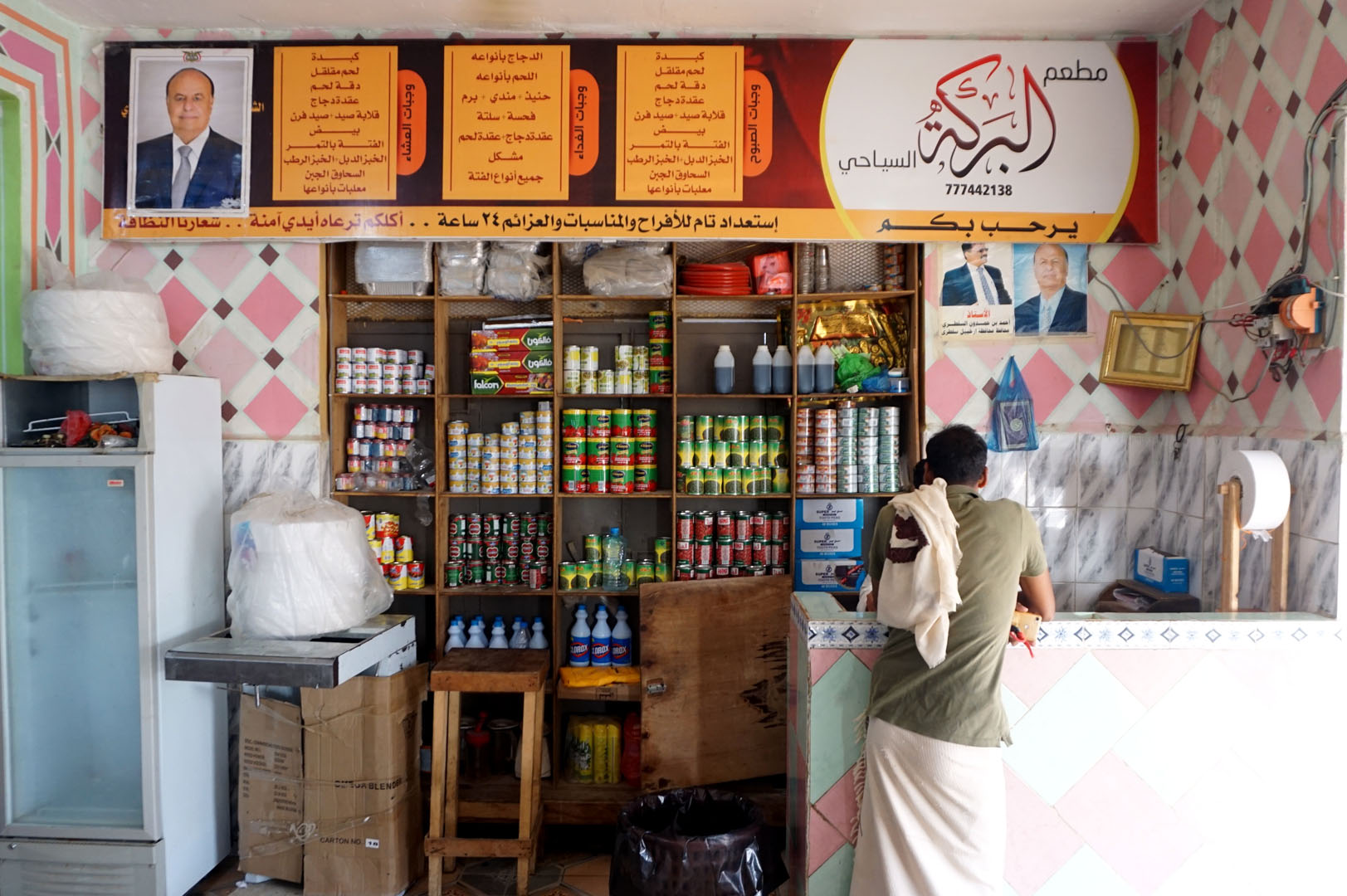Yemen is a special and unique country full of fascinating culture, history, and landscapes. It’s a great destination for travelers who are looking to experience something truly different. From the ancient city of Sana’a to the spectacular Socotra archipelago, there are plenty of places to explore in Yemen that will leave you with unforgettable memories.
Yemen is the second-largest country in the Arabian Peninsula after Saudi Arabia
The country is divided into two regions: the mountainous highlands, which make up most of the country, and the coastal plain. Yemen has a diverse climate, ranging from hot and dry in the coastal plain to cool and wet in the highlands. The country is also home to several active volcanoes, including Harraat al-Yemen and Sabir, the highest volcano in the Arabian Peninsula.

Nature and Wildlife
Yemen and Socotra are home to a diverse range of plant and animal life, including several species unique to the region. One of the most famous animals in Yemen is the Arabian leopard, considered one of the most endangered big cats in the world. Yemen and Socotra are also known for their beautiful landscapes, including the rugged mountains of the interior and the lush coastal plain.
The country is also home to several national parks and protected areas, including the Al Hajar Mountains National Park, known for its stunning landscapes and diverse plant and animal life.

There are numerous rare and endemic species on Socotra
Off the coast of Yemen, on the little island of Socotra, are endemic and rare species of both plants and animals. More than 700 different plant species can be discovered on the island, including 37 that are unique to our planet. In addition, the island is home to numerous rare and endemic species of insects, birds, and reptiles.

The ancient land of Punt is thought to have included Socotra at one point
The island is thought to have formerly belonged to Punt, an ancient nation renowned for its priceless trade items like frankincense, myrrh, and resins. Punt, also known as Pwenet or Ta netjer, was a former kingdom and commercial hub situated on the Red Sea coast in the Horn of Africa.
According to ancient Egyptian writings, it was renowned for its costly trade commodities like frankincense, myrrh, gold, ivory, exotic animals, and plants, as well as its lovely women. Although historians and archaeologists disagree on the exact location of Punt, it is thought to have been somewhere in what is now Somalia, Ethiopia, Eritrea, or Djibouti, or perhaps farther south along the Red Sea coast.
Due to its advantageous location, Socotra served as a crucial stop on the historic trade routes that connected the Mediterranean with the Indian Ocean. The island was a popular travel destination for traders and adventurers throughout history because of its unique plants and fauna as well as its lucrative trade products.
The traditional architecture of Socotra is distinctive
Socotra’s distinctive traditional architecture has developed to accommodate the island’s harsh climate. The homes are made to be cool and well-ventilated inside by employing local building materials like wood and limestone. The “beehive” shaped dwellings of Socotra’s traditional architecture are its most recognizable element. They are constructed from limestone and mud and have a highly distinctive and unusual appearance.

